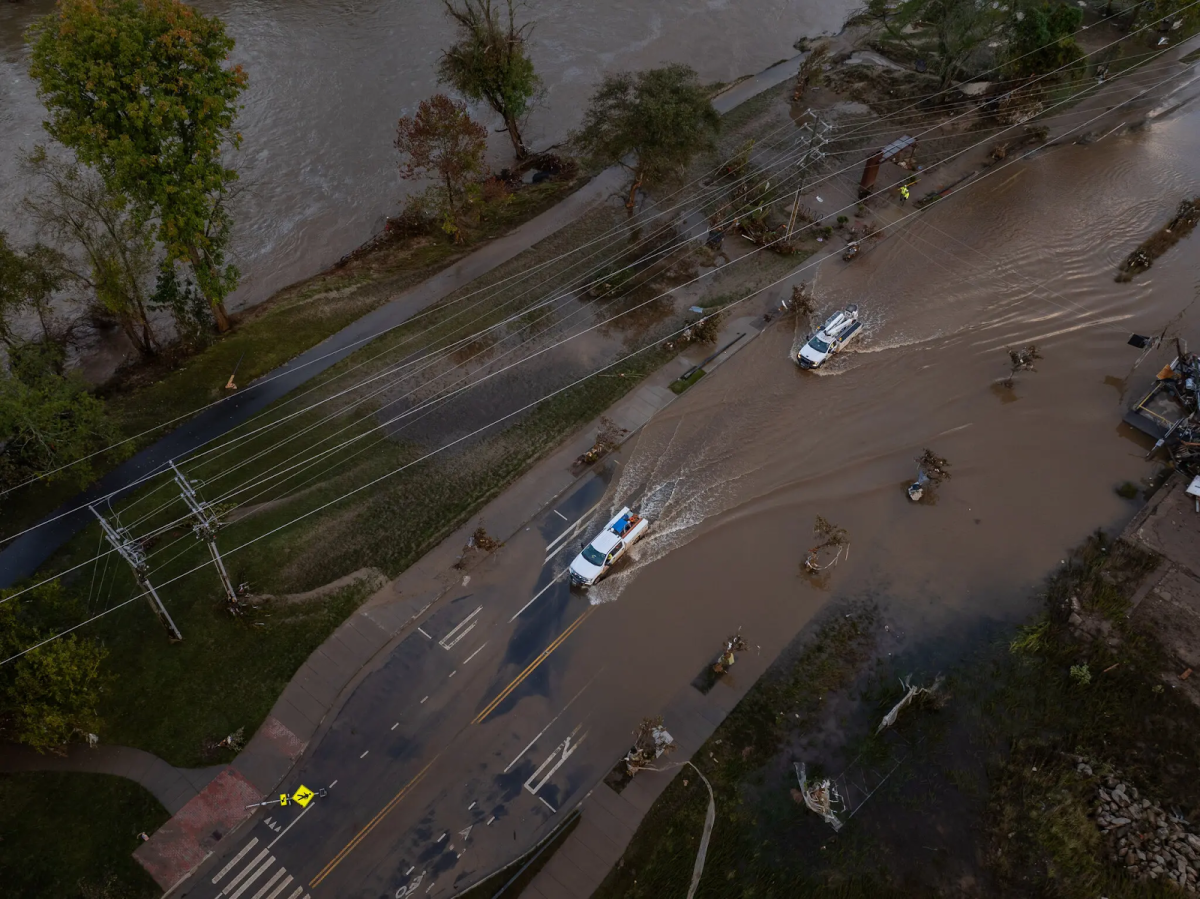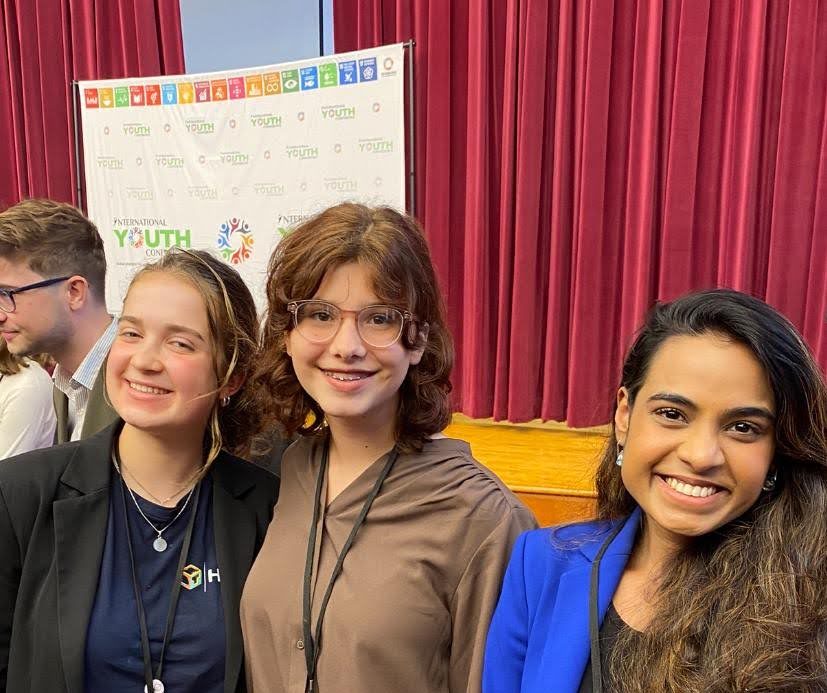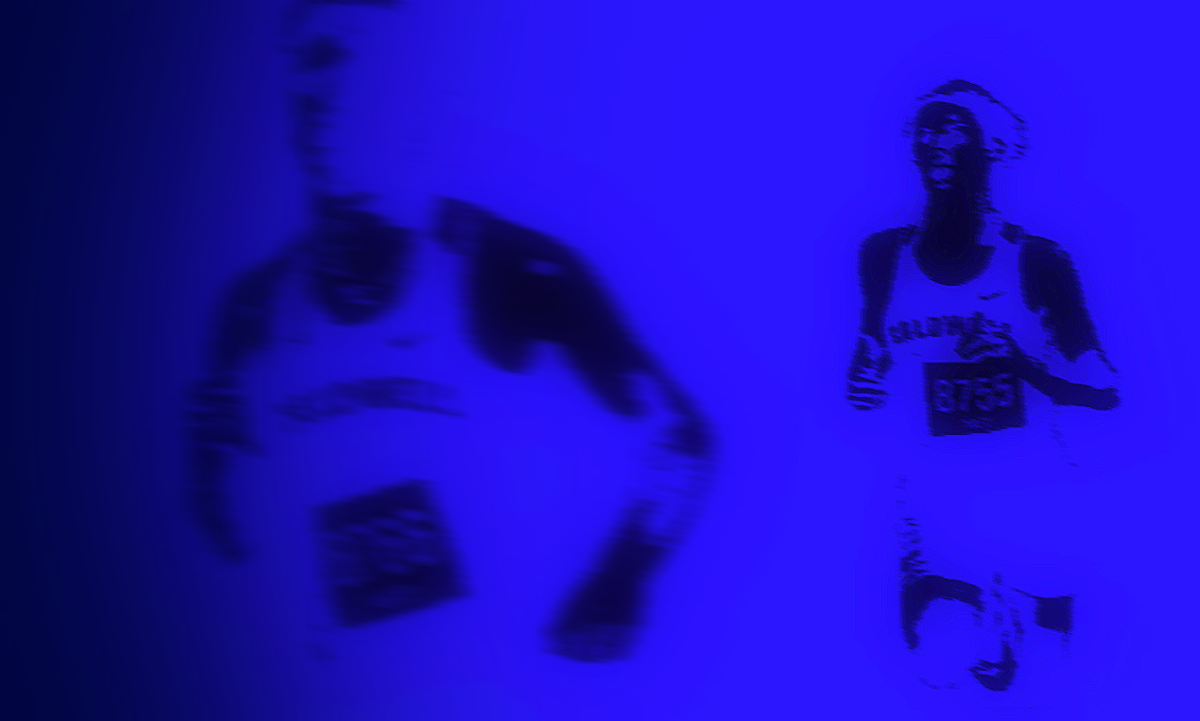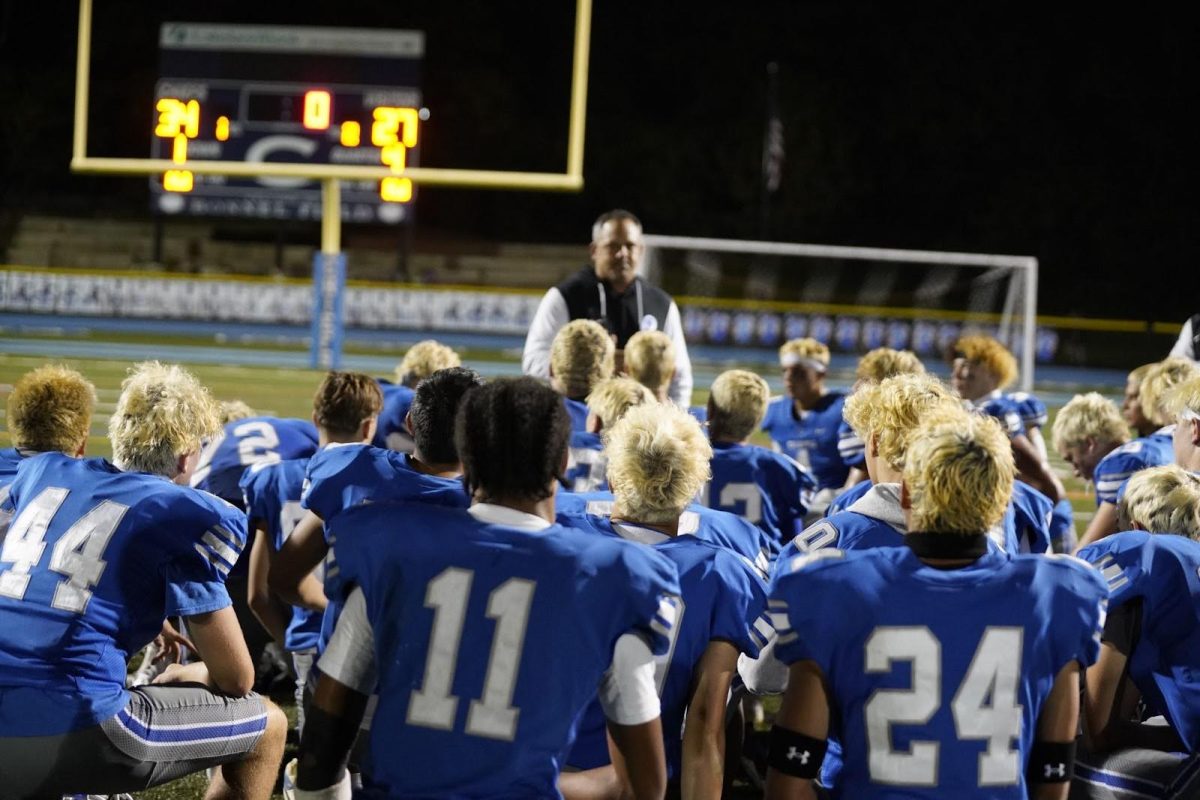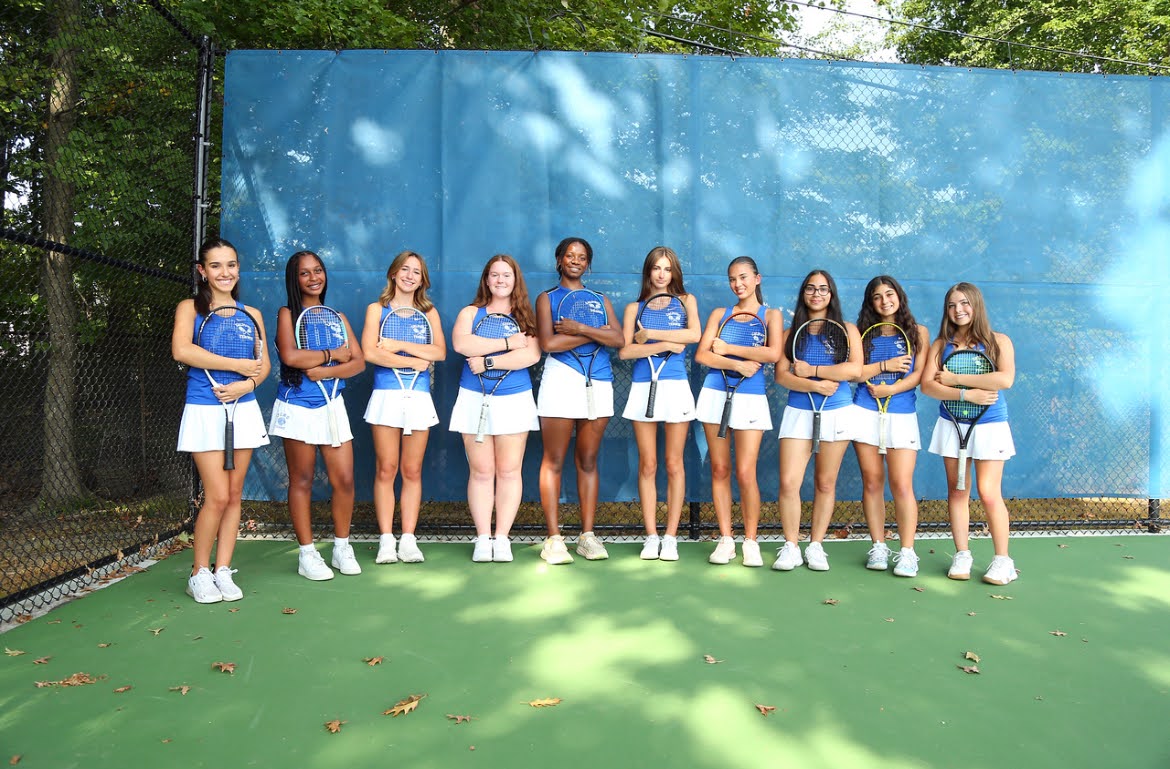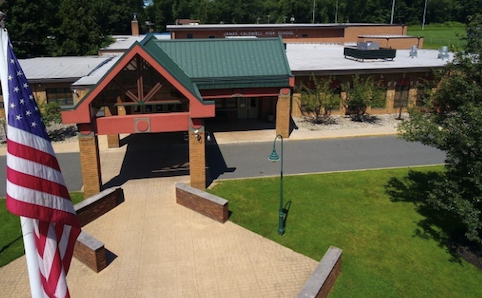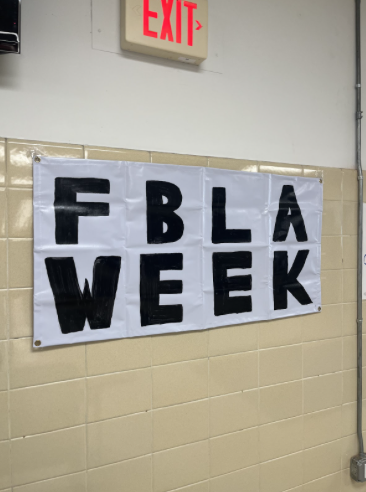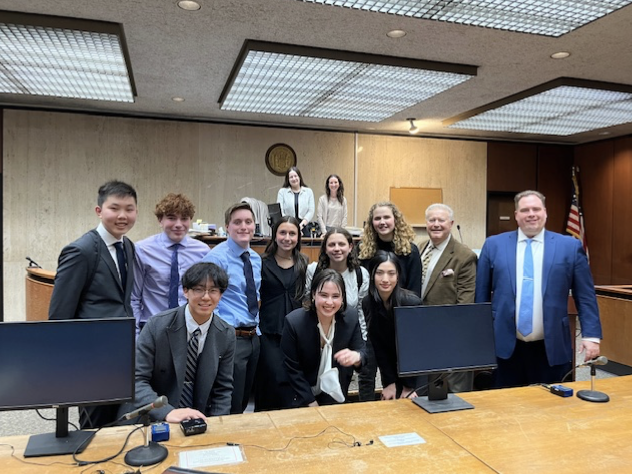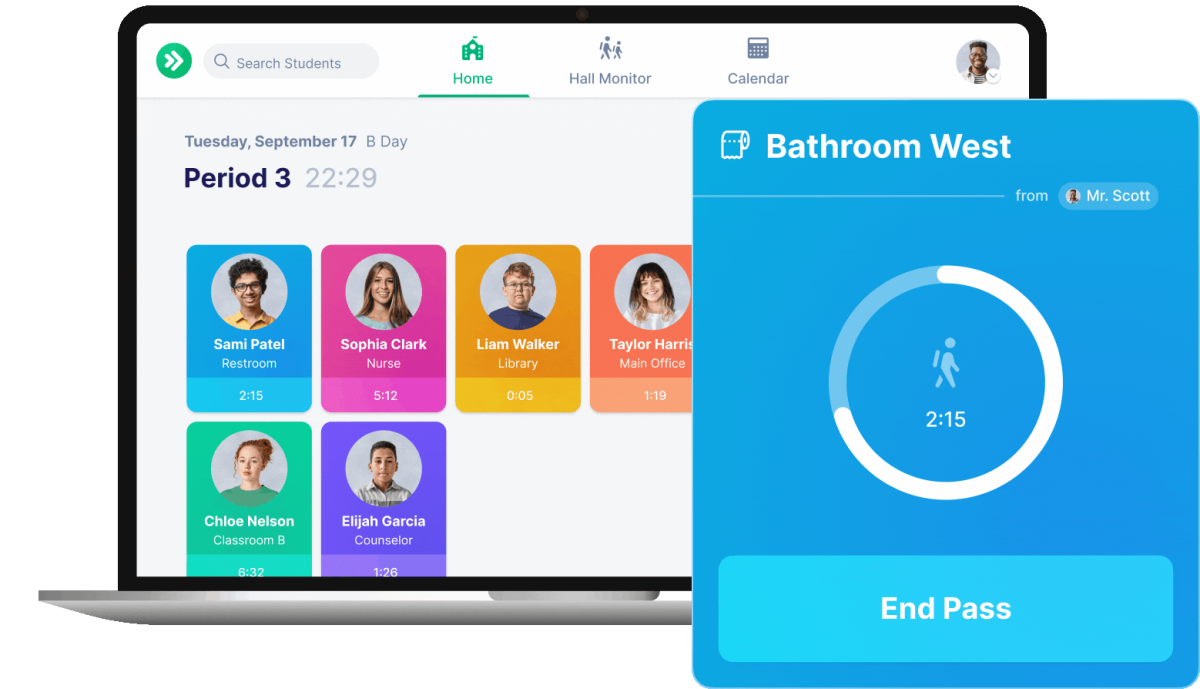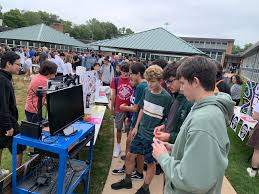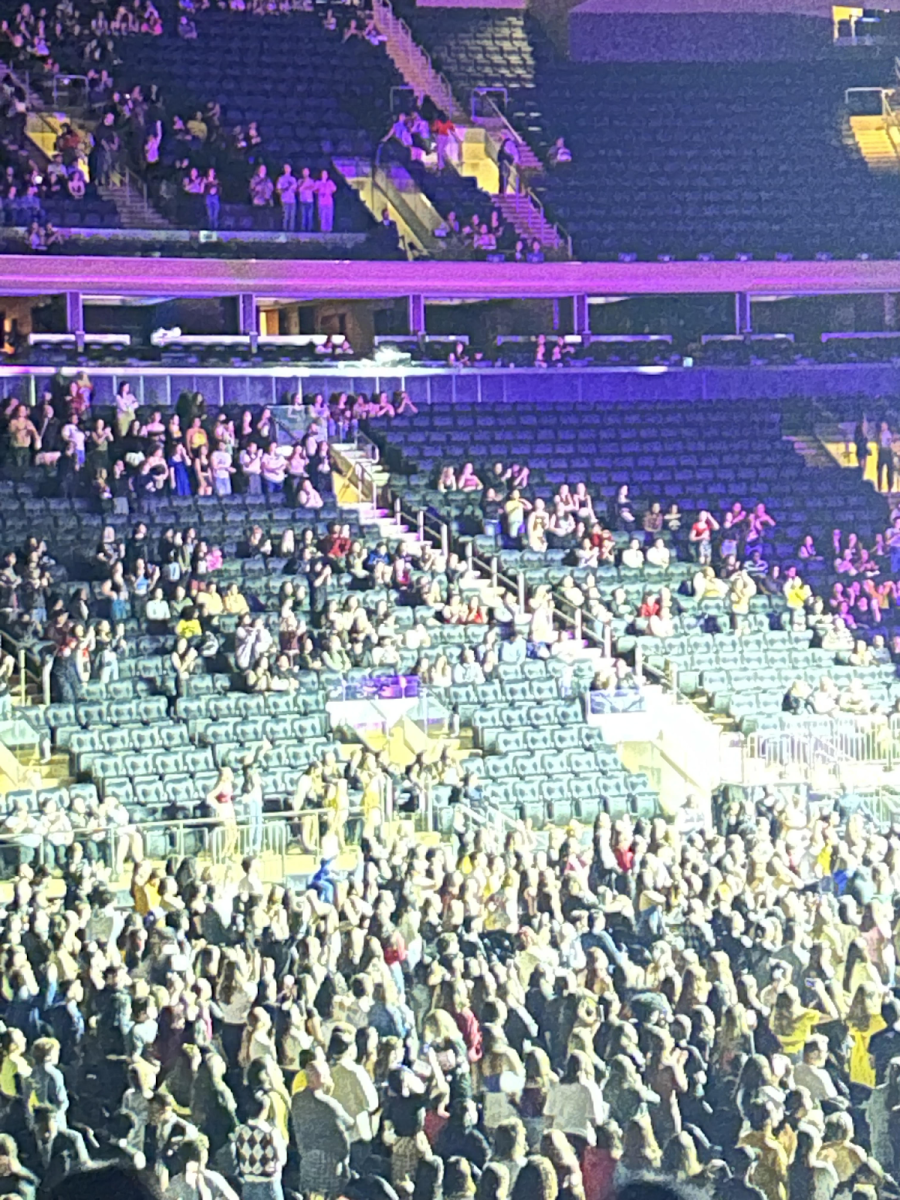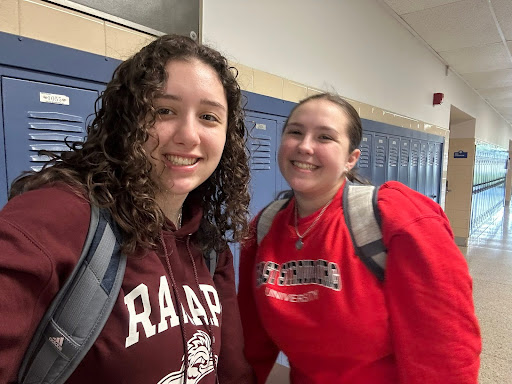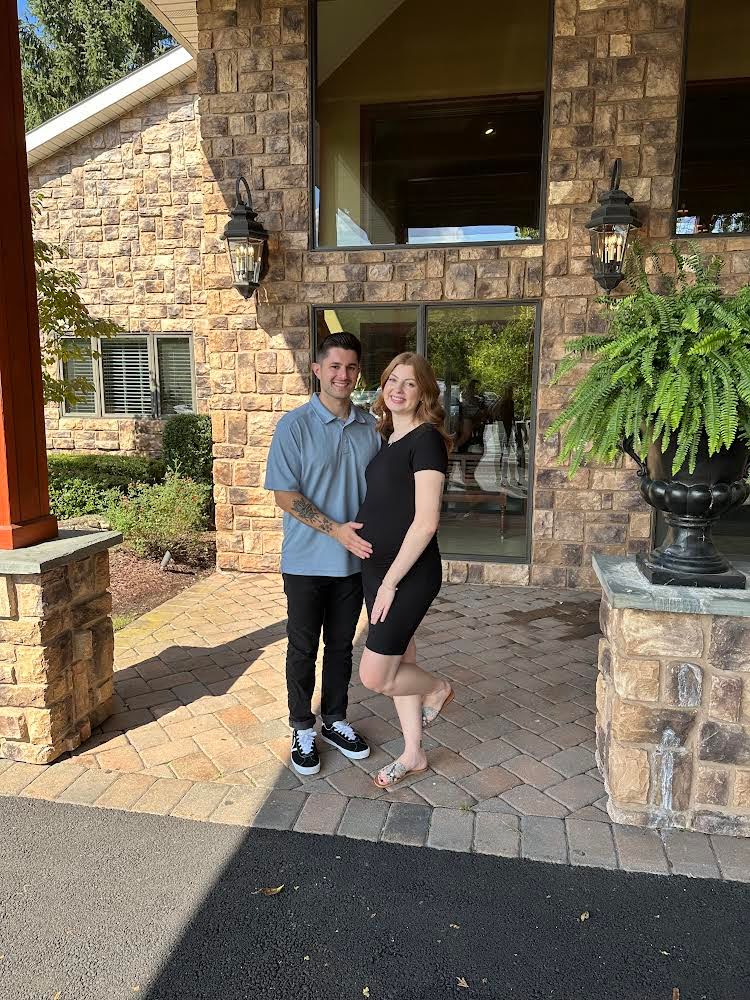Nobody ever thought they would see the day on which soldiers would be killed on an American military base within the U.S. So the mass shooting on November 5, 2009 by former Army Major Nidal Hasan who killed thirteen and injured dozens of others, shocked the nation and brought about what was thought to be major changes to the way our military bases operate. That was, until twelve people were fatally shot at Washington Navy Yard in Washington DC, the home of the Naval Sea Systems Command. This event brought even more changes. Then, tragedy struck again at Fort Hood in the afternoon on Wednesday, April 2, 2014.
The occurrence began when Army staff member Ivan Lopez, a veteran of the Iraq War, requested a 24-hour leave of absence for “family matters.” Lopez was told that he would have to return at a later time to gain approval. Lopez apparently became visibly angry, and engaged in a verbal confrontation with several other soldiers. Lopez then left the building, the administrative office for the 49th Transportation Battalion.
He returned a short time later with a pistol, and shot eleven people inside the administrative offices. Ten survived with a range of injuries. The eleventh, Sgt. First Class Daniel Ferguson, was killed while barricading a door. The soldiers Lopez targeted in this building were also involved in the verbal dispute with Lopez minutes earlier. Lopez then continued by car to the motor pool building, where he fired into the office and killed Sgt. Timothy Owens. Outside of that area, in a loading bay, Lopez shot and injured two other soldiers.
Lopez returned to his car and continued towards the medical building. Outside, he fired into a parked car, wounding one person. Inside, he shot and killed Staff Sgt. Carlos Lazaney-Rodriguez, who was at the reception desk. He went on to injure another soldier present at this facility.
The incident would come to an end when Lopez continued to yet another building, where he got into a verbal altercation with a military police officer, who shot at but missed Lopez when he wielded his gun. Lopez then committed suicide with his .45 caliber pistol.
Following the incident, it would be revealed that Lopez did not have authorization to carry a concealed firearm on base, and that he purchased the weapon a month earlier from the same establishment as 2009 Fort Hood shooter Hasan.
In response to the shooting, President Barack Obama released a statement from Chicago, where he was at a fundraising event, stating in part, “…We are going to do everything we can to make sure the community at Fort Hood has what it needs to deal with the current situation but also any potential aftermath… I would hope that everyone across the country is keeping the families and the community of Fort Hood in our thoughts and our prayers.” President Obama then attended a memorial service on April 9 for the victims of this second attack on Fort Hood since his presidency began in January 2009.
This latest attack on military installations in the U.S. has brought the gun advocates and critics to the podium once again, debating whether or not someone with clear mental instability like Lopez should be able to legally obtain a firearm. It is quite literally the debate of the quarter-century, and is one that certainly has the potential to become the issue of the century.


